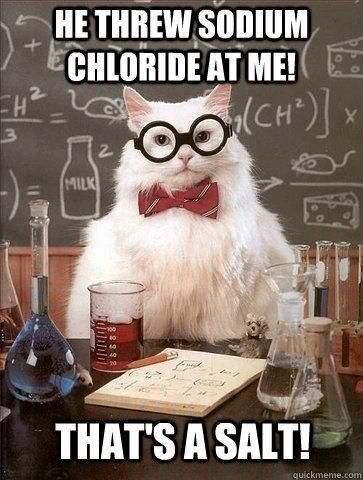beervoid
Hophead & Pellet Rubber
Hello everyone,
I found this technique where you store 1ml of yeast in 5ml of sodium chloride 0.9% solution.
I was wondering if anyone knows if you could bank more then 1ml of yeast in a higher storage solution. if the nr's matter at all.
Cheers!
I found this technique where you store 1ml of yeast in 5ml of sodium chloride 0.9% solution.
I was wondering if anyone knows if you could bank more then 1ml of yeast in a higher storage solution. if the nr's matter at all.
Cheers!



